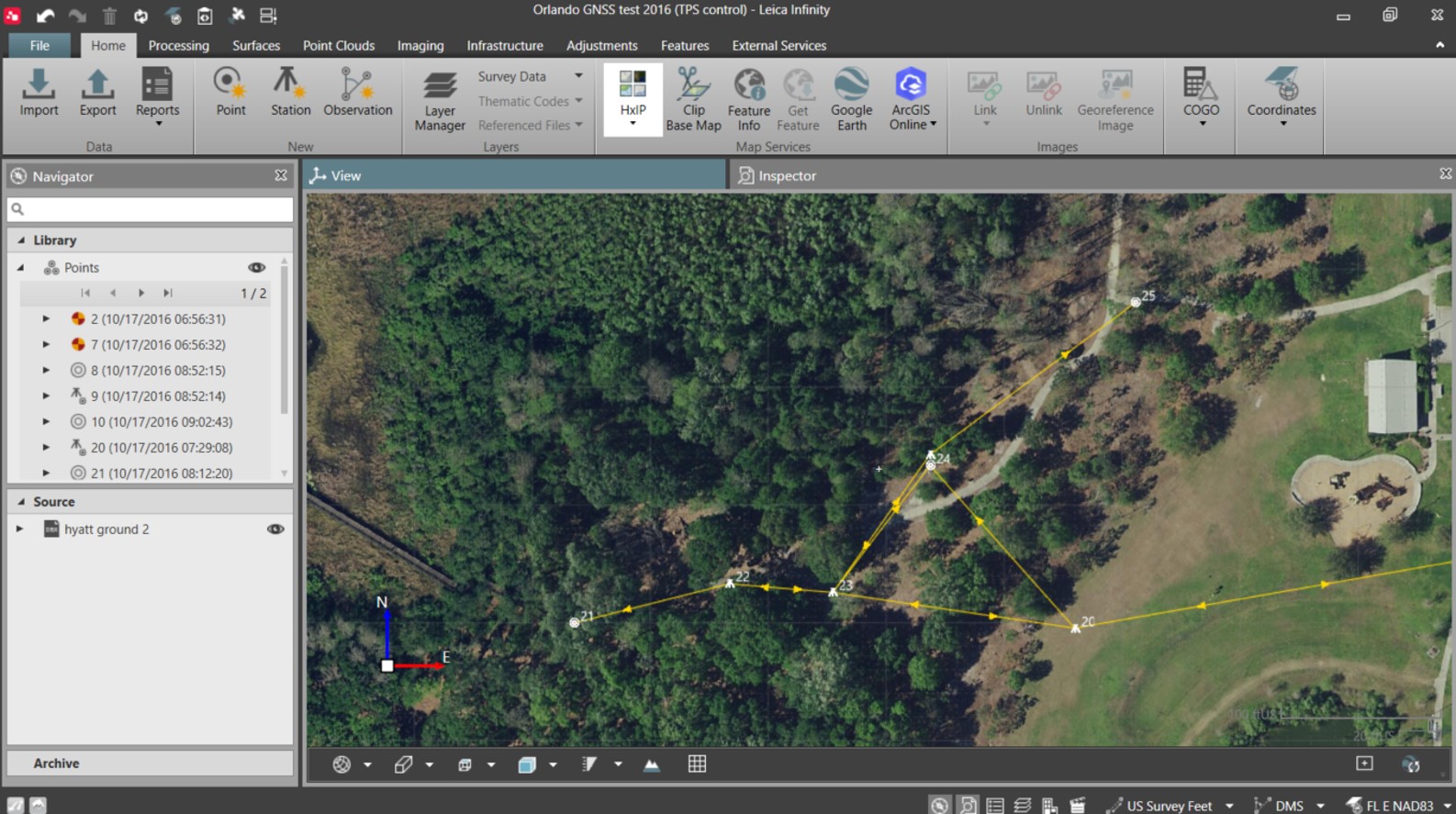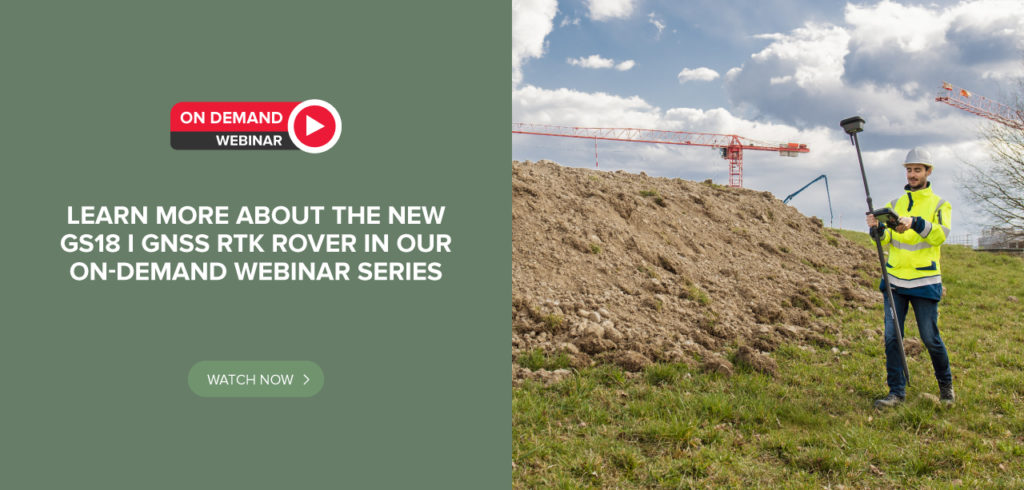Taking full advantage of the rapidly increasing number of satellites and multifrequency signals requires dynamic surveying technology.
Since the introduction of civil GPS in the 1980s, the technology has had a huge impact on the surveying profession. The expansion of the global satellite system, which we now refer to as GNSS, along with ongoing technology developments, have made the GNSS rover one of the most valuable tools in a surveyor’s toolbox for its ability to quickly cover large areas while providing accurate real-time positioning. But taking full advantage of these developments requires more than simply having a GPS or GNSS rover. While the number of global satellites continues to increase, along with the availability and usability of multifrequency GNSS signals, only those surveyors using rovers with a high channel count and sufficient signal acquisition speed and sensitivity are able to benefit from these improvements.
“GNSS technology has advanced significantly in response to GNSS modernization,” says Bob Kilburn, surveying and engineering product and applications manager for Leica Geosystems in the U.S. and Canada. “Using a rover that is designed to adapt to the highly dynamic changes of GNSS can provide substantial gains in efficiency and productivity.”

This image illustrates the number of satellites available in around 2006, when GPS was the primary system.

Today’s satellite constellation is global and includes GPS, Glonass, Galileo and BeiDou, as well as a number of modernizations in the systems themselves.
Even Small GNSS Upgrades Make a Big Difference
In a recent webinar that is now available on-demand, Kilburn walked through a test scenario that demonstrates the value of using a rover that can take advantage of L5 signal capabilities; adaptive, on-the-fly satellite selection; and real-time correction data in remote areas.
RELATED: Download the PDF “Pushing Boundaries: Leica GNSS Modernization Strategy”
The test evaluated the difference in performance between the Leica Viva GS14 GNSS smart antenna, introduced in 2012, and the Leica GS16 GNSS smart antenna, introduced in 2016. Where the GS14 was able to track four satellite constellations with 120 channels, the GS16 was “future-proof” with 550 channels and the intelligence to adapt to changing conditions through self-learning and selecting the optimal signals to deliver the most accurate positions (a capability Leica Geosystems calls RTKplus). The GS16 was also the first Leica Geosystems rover to enable the ability to use the global SmartLink service, which provides corrections even in remote areas where no reference data is available.
The test crew took the two sensors into a wooded area where they had previously done a traverse with manual total stations for control. They captured the same points with the GS14 and GS16 to get an idea of where they could get initialization and how each solution would work in the field.


The crew captured the first few points in the morning when there were very few L5 signals. Although the initialization time with the GS16 was slightly faster, the overall performance of both rovers was similar. However, when the crew returned in the afternoon when more L5 signals were available, the difference in performance between the two rovers was significant. The advanced capabilities of the GS16 enabled the crew to measure more of the points in less than half the time compared to the GS14. 
“The advances in GNSS technology allow us to push boundaries,” says Kilburn. “So now we can go further than we could ever go before, and we’re able to work in environments that were off limits to GNSS in the past.”
The most recent technology innovations—tilt compensation and visual positioning—extend these capabilities exponentially by giving professionals a way to measure tilt-compensated points without a magnetic compass and, in the case of the recently released GS18 I GNSS smart antenna, to measure points from imagery captured by simply walking around the project area.
“Today’s GNSS capabilities aren’t just about overcoming previous limitations, but about changing what we can measure and how we can measure it,” Kilburn says. “We can use technology to stay out of harm’s way, eliminate return trips to the field, maximize efficiency, create better synergy between the field and office, and provide significantly more value in our deliverables. The modernization of GNSS, combined with the continued innovation in GNSS smart antennas, creates new possibilities in surveying and engineering.” Watch the full webinar here.
To learn more about solutions to maximize your surveying potential, please contact us .





